As the world shifts towards renewable energy, monocrystalline panels are emerging as a favorite in the solar power market. Their distinctive uniform appearance and high-quality components make them a sight to behold and an asset to own.
These solar panels are constructed from a single crystal of silicon, resulting in no visible grain lines and a sleek, modern aesthetic.
Whether you’re considering solar panel installation for your home or business, or simply interested in learning more about this cutting-edge technology, we’ve got you covered.
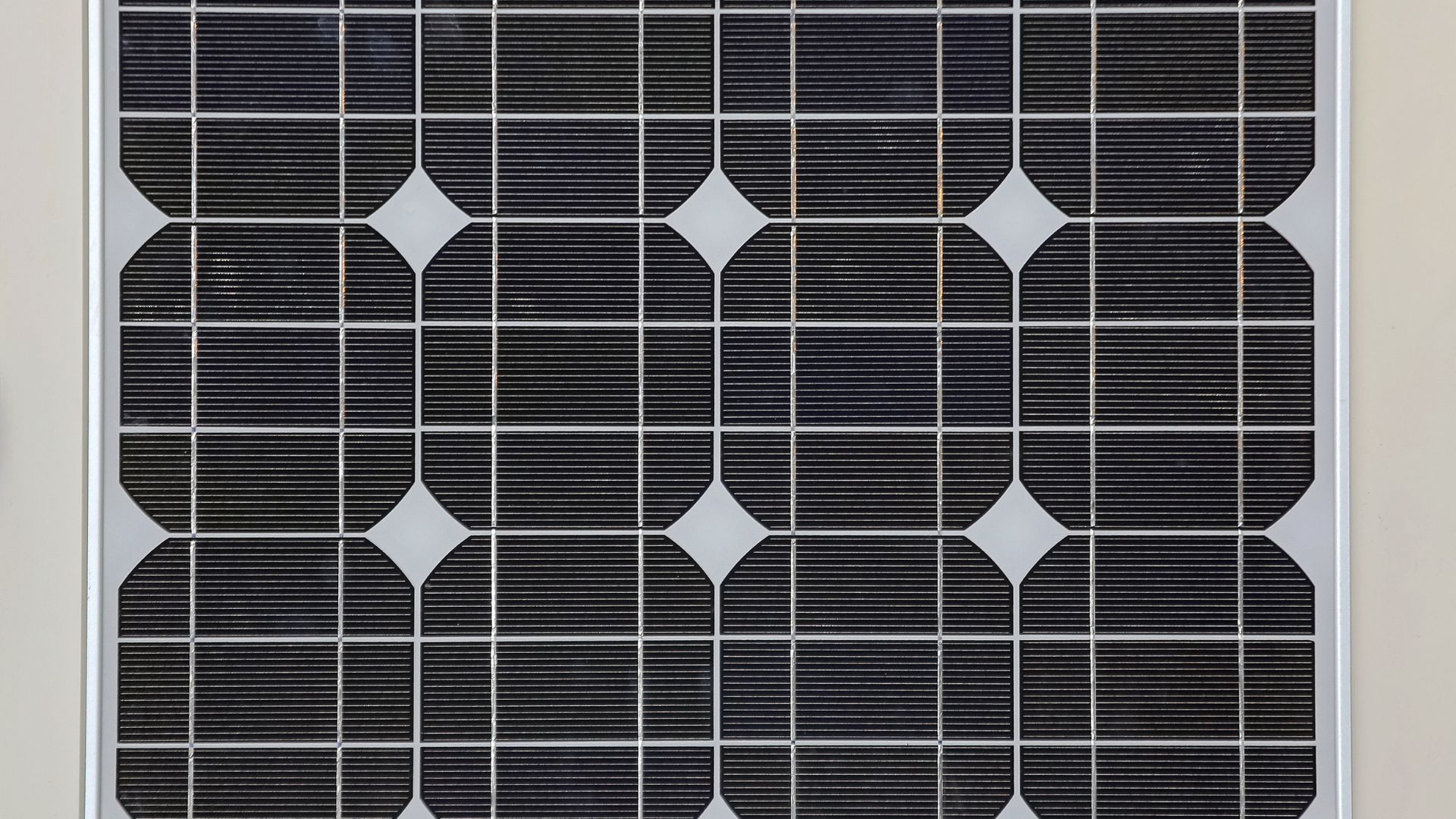
What Are Monocrystalline Solar Panels?
Monocrystalline solar panels, often referred to as mono panels, are distinctively known for their uniform, sleek appearance and high efficiency. These solar panels are constructed from a single crystal structure of silicon, which gives them their characteristic seamless look with no visible grain lines.
This type of solar technology is unique in its construction process. Unlike other solar panels, such as poly solar panels, monocrystalline panels are made by growing a single crystal.
Because of their single crystal structure, these panels can more efficiently convert sunlight into electricity, making them a popular choice in the renewable energy market.
The choice between monocrystalline and polycrystalline solar panels often comes down to the balance between efficiency and cost, with monocrystalline panels typically being more efficient but also more expensive.
However, many find the long-term energy savings and aesthetic appeal of monocrystalline solar panels worth the extra upfront cost.
Efficiency and Performance
The efficiency of monocrystalline solar panels is a key attribute that sets them apart. With their unique single-crystal structure, these panels demonstrate superior ability to convert sunlight into electricity, making them a top choice for many energy solutions.
Performance-wise, monocrystalline panels demonstrate resilience in various conditions, such as low light or extreme temperatures. This is due in part to the quality of their frame and the silicon production process used, which also factor into the panels’ efficiency.
However, the overall performance and efficiency of these panels can be influenced by the cost of the solar cells. As such, it’s crucial to consider this when assessing the value of monocrystalline panels compared to other solar panel kits.
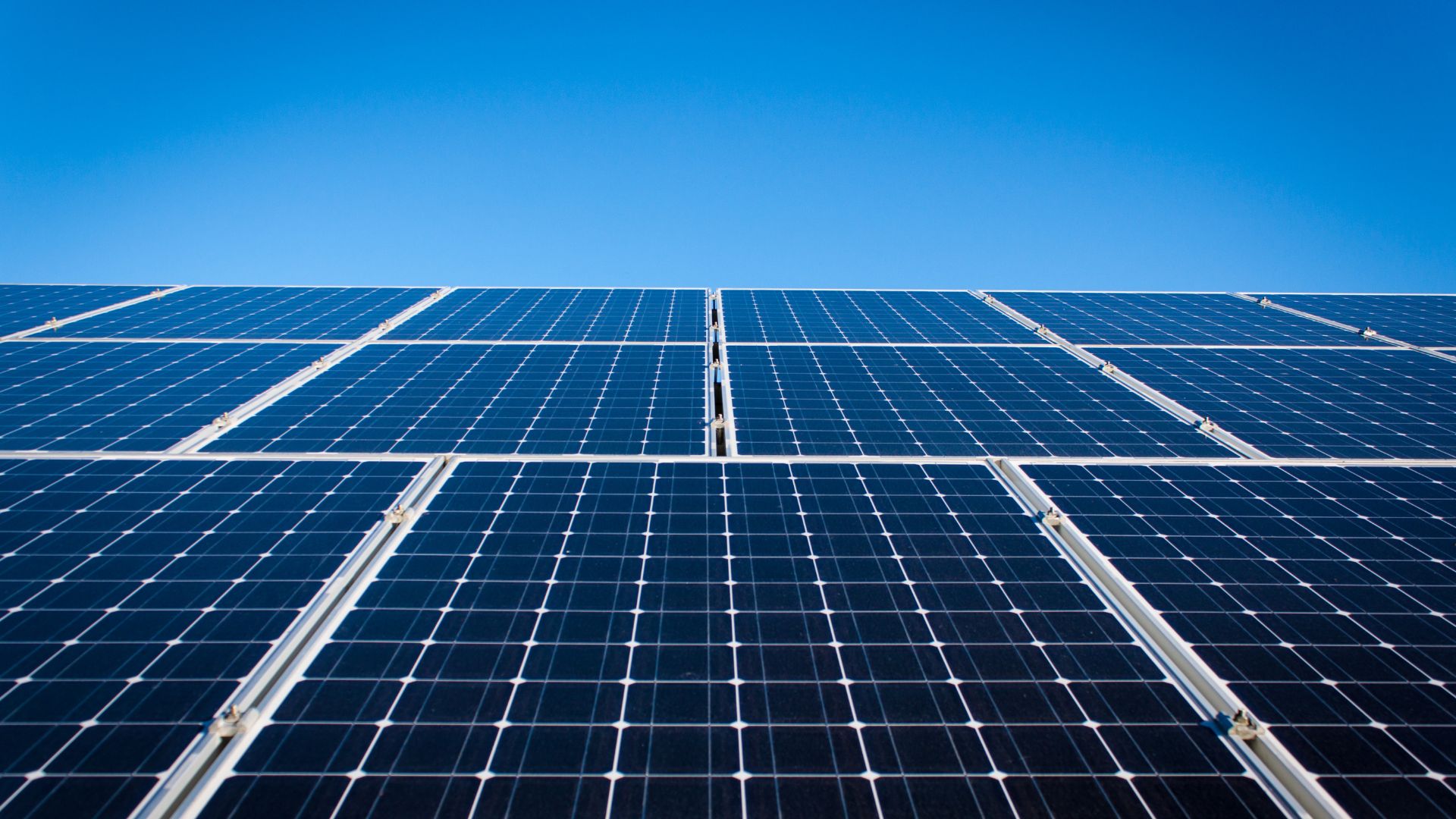
Advancements and Developments
In the realm of renewable energy, the technology behind monocrystalline solar cells is ever-evolving, leading to a surge of innovative advancements.
- Mono PERC (Passivated Emitter and Rear Cell) technology is a notable enhancement, offering higher efficiency by capturing light that would otherwise be wasted.
- Another development in monocrystalline solar cells is the usage of high-quality components to increase durability and longevity.
These advancements not only increase the efficiency and performance of monocrystalline panels but also set them apart from other solar options. As renewable energy continues to evolve, we can only anticipate further developments that will keep monocrystalline solar cells at the frontier of the solar energy market.
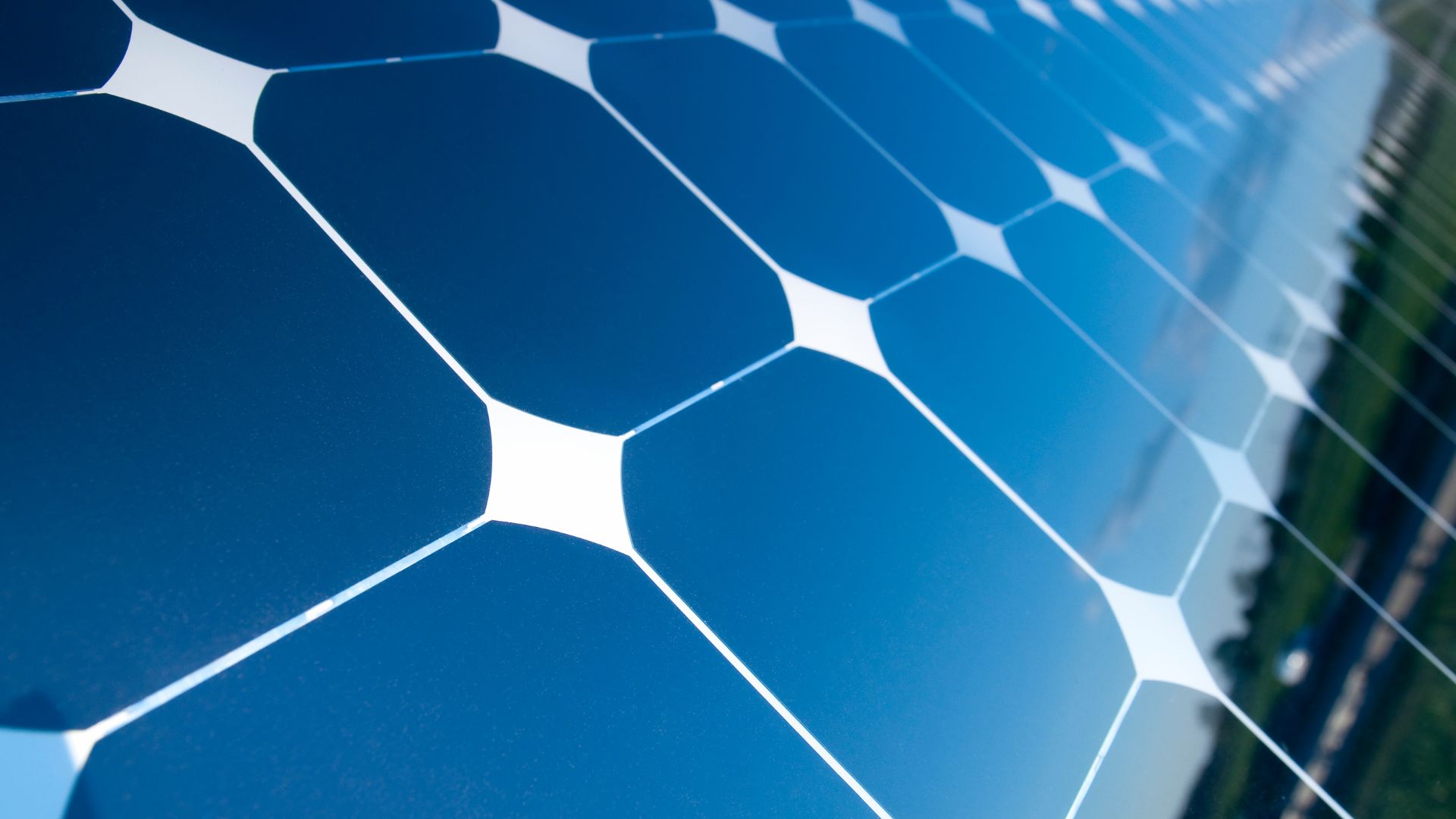
Pros and Cons
As with any technology, monocrystalline solar panels come with their own set of advantages and disadvantages. Weighing these pros and cons can assist you in making an informed decision about whether they are the right fit for your specific needs.
Pros
- Monocrystalline cells are known for their superior efficiency in converting sunlight into electricity, making them a cost-effective choice in the long run.
- They perform well in various conditions, including low light and extreme temperatures, providing a reliable source of power.
- Due to their uniform appearance and no visible grain lines, they provide an aesthetically pleasing solar option for homes and businesses.
Cons
- The initial cost of monocrystalline panels can be higher compared to other types such as poly panels.
- They require more space to install, potentially a disadvantage for those with limited area.
- The solar cell cost and other factors like silicon production can impact their overall efficiency and performance.
In conclusion, while monocrystalline solar panels offer many benefits, it’s important to consider all aspects before making your decision.

Installation and Maintenance
When it comes to the installation of monocrystalline solar panels, it is advisable to consult professional solar pv installation services or local companies for the installation to ensure the panels are optimally placed and tilted for maximum sunlight exposure.
Regular solar panel maintenance includes routine cleaning to prevent dust and debris build-up which might obstruct sunlight. Also, consistent checks for any cracks or damages are essential, especially after extreme weather conditions.
In addition, it might be worth considering the use of solar batteries at your site.
Finally, understanding the company’s warranty registration, privacy policy, and other legal considerations is crucial before proceeding with the installation. A well-maintained monocrystalline solar panel can serve you efficiently for a good 25 to 30 years.
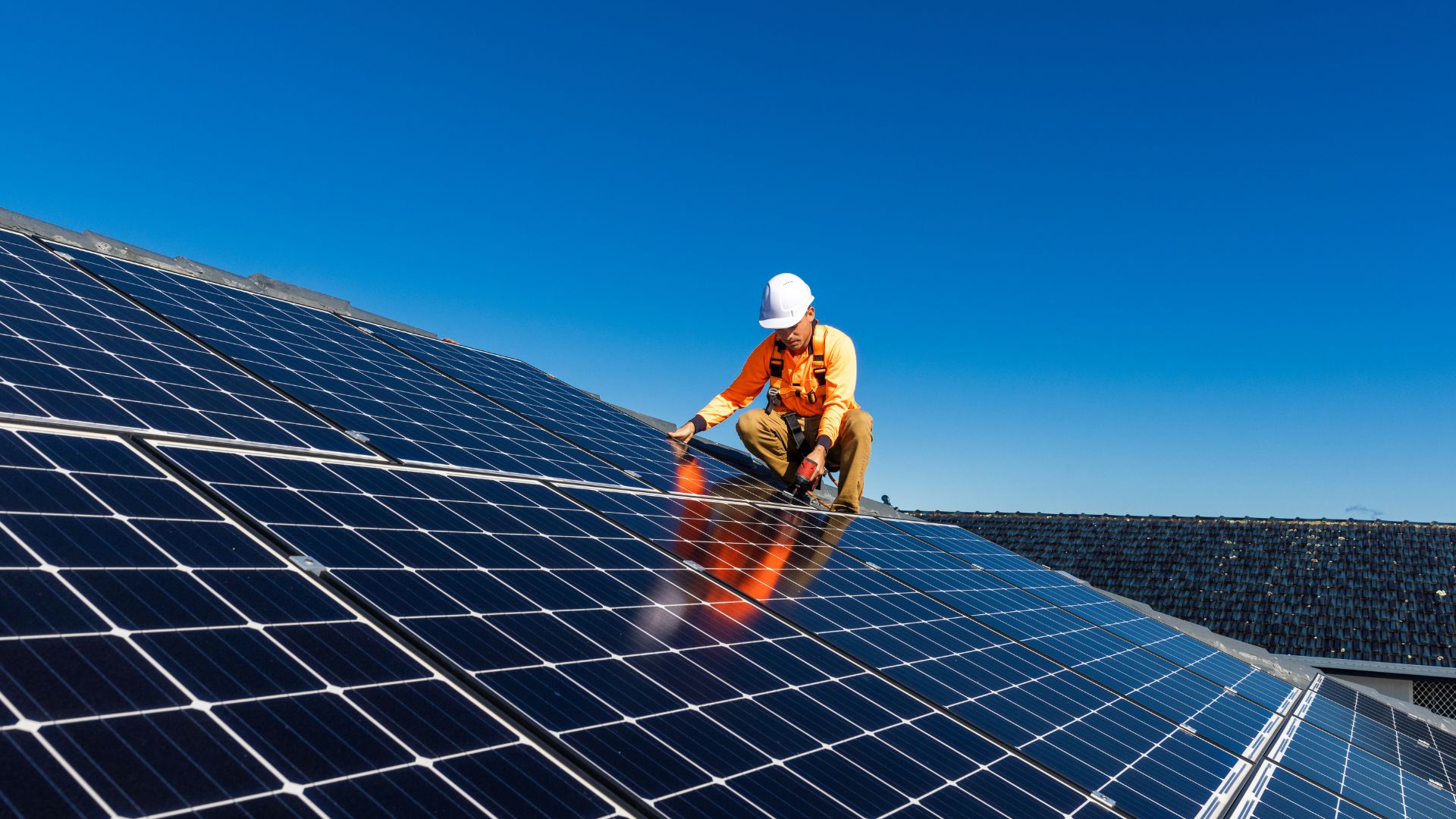
Monocrystalline vs Polycrystalline Solar Panels
When it comes to solar technology, there’s a lot to consider. Monocrystalline solar panels are a standout choice, but it’s essential to compare them with other options like polycrystalline and thin-film panels.
Monocrystalline panels, with their single-crystal silicon and high efficiency, lend themselves well for both residential and commercial use. Polycrystalline panels, with their multi-crystal structure, may be more cost-effective but generally have a lower efficiency. Thin-film technology, while light and flexible, often requires more space due to its lower efficiency.
Choosing between mono or poly solar panels largely depends on your individual needs, space, and budget. Here are a few key considerations:
- Budget: Polycrystalline panels typically have a lower upfront cost.
- Space: If space is limited, the high efficiency of monocrystalline panels can generate more power in a smaller area.
- Aesthetics: Monocrystalline panels’ uniform appearance may be preferable for some homeowners.
In conclusion, monocrystalline panels, with their superior efficiency and sleek design, often prove to be a worthy investment for those stepping into renewable energy.
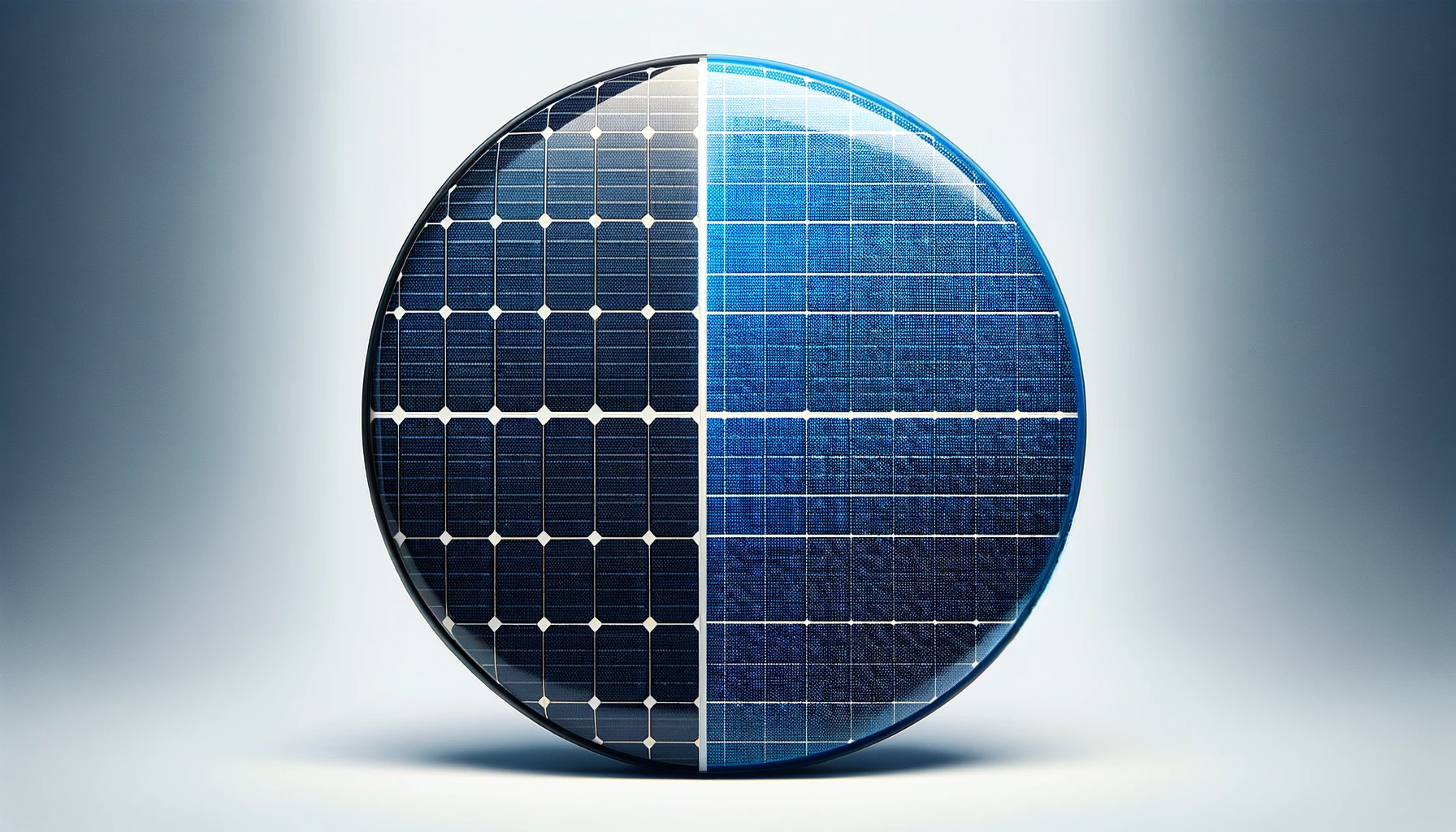
Conclusion
In this comprehensive guide, we’ve delved into the intriguing world of monocrystalline solar panels, their unique construction, impressive efficiency, and overall performance. This single-crystal silicon technology, with its distinctive uniform appearance, stands as a potent contender in the renewable energy market.
While they may come with higher upfront costs and space requirements, the long-term benefits of these panels, be it for residential or commercial are undeniable. With the constant evolution and advancements in mono silicon technology, these panels continue to gain an edge over polycrystalline and thin-film alternatives.
We encourage you to consider monocrystalline solar panels for your renewable energy needs, keeping an eye on the exciting developments in this field. After all, the future of clean energy is here, and it shines bright like a perfectly cut, uniform silicon crystal.
FAQ
Which is better: monocrystalline or polycrystalline solar panels?
When comparing monocrystalline vs. polycrystalline solar panels, monocrystalline panels often come out ahead in efficiency and performance. They are made from a single, pure crystal of silicon, allowing for higher efficiency, especially in low-light conditions. Polycrystalline panels, while more cost-effective, typically have a lower efficiency and a shorter lifespan.
What is a monocrystalline solar panel?
A monocrystalline solar panel is a type of solar panel that is characterised by its black color and uniform appearance. It’s made from single-crystal silicon, which enables it to convert more sunlight into electricity compared to other types, making it one of the most efficient options available on the market.
What are the disadvantages of monocrystalline panels?
While monocrystalline solar panels offer high efficiency, they come with a few disadvantages. These include a higher initial cost compared to polycrystalline panels and potentially lower performance in high-temperature environments. Additionally, they require a significant amount of space for installation due to their size and efficiency constraints.
What is the life expectancy of a monocrystalline solar panel?
The life expectancy of a monocrystalline solar panel is typically around 25 to 30 years. However, many panels continue to function effectively beyond this period, albeit at reduced efficiency. The longevity of these panels makes them a popular choice for long-term solar energy projects and investments.
